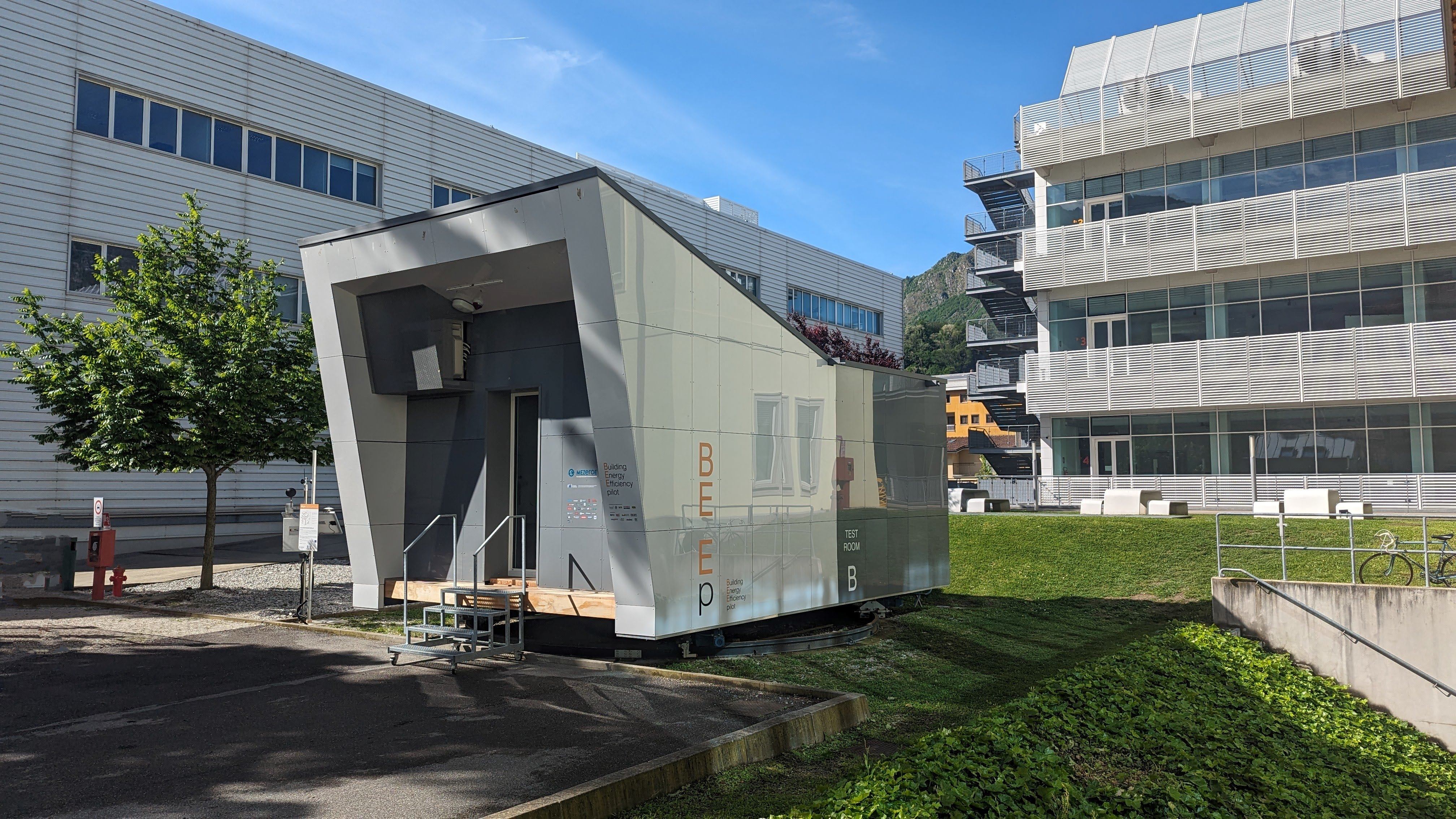
Indoor Air Quality (IAQ) can be defined by the depiction of concentrations of pollutants and thermal conditions that may negatively affect the health, comfort, and performance of building's occupants. Indoor pollution sources that release gases or particles into the air are the primary cause of indoor air quality problems and can include also building materials releasing pollutants more or less continuously.
Amongst the several different pollutants, the PM&VL6 could specifically focus on: (i) carbon monoxide (CO), (ii) carbon dioxide (CO2), (iii) formaldehyde (CH2O), (iv) radon, (v) Particulate Matter (PM1, PM2.5, PM10), (vi) Total Volatile Organic Compound (TVOC), (vii) ammonia (NH3), (viii) nitrogen dioxide (NO2), (ix) sulfur dioxide (SO2), and (x) ozone (O3).
Objective
The objective of the proposed Indoor Air Quality (IAQ) monitoring is to assess the impact of different envelope solutions and components on the overall IAQ of the respective space of installation.
Scope of application
Generally speaking, the proposed monitoring is applicable to any multilayer envelope product, component or solution. Although, considering that dry-layered envelope solutions are made of several different functional layers, it goes without saying that the various materials installed will all have an impact on the overall IAQ level. Hence, in order to have a more accurate and relevant impact assessment, it is recommended to install full-scale solutions or to apply products and components as diffusely as possible.
Design of experiment
The monitoring activity will be planned according to the needs of the client. It is usually scheduled on the medium-/long-term, in order to assess the performance of the solution under different environmental conditions.
Testing sample
Full-scale, to be furtherly specified according to the relevant envelope component (e.g., wall, roof, door, window, roof window) and to the respective installation method. For example, as refers to opaque components, the BEEpilot prototype fits:
(i) full-scale façades with a total width of 2.5 m, and a total height of 3.0 m;
(ii) full-scale roofs with a total width of 2.315 m, and a total height of 2.76 m.
General characteristics
A preliminary assessment (e.g., typology and positioning of connections and joints, overall weight) is required for a proper installation of any mockup on the existing structure/substrate of the prototype.
Outputs
The documentation that the client receives consists of a report with details, observations, pictures, test schemes and test results.
